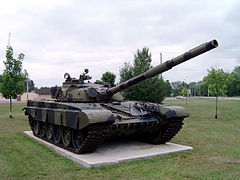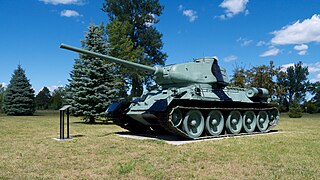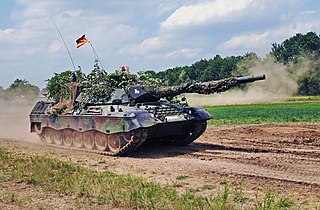
The Kampfpanzer Leopard is a main battle tank designed by Porsche and manufactured by Krauss-Maffei in West Germany, first entering service in 1965. Developed in an era when HEAT warheads were thought to make conventional heavy armour of limited value, the Leopard design focused on effective firepower and mobility instead of heavy protection. It featured moderate armour, only effective against low caliber autocannons and heavy machine guns, giving it a high power-to-weight ratio. This, coupled with a modern suspension and drivetrain, gave the Leopard superior mobility and cross-country performance compared to most other main battle tanks of the era, only being rivaled by the French AMX-30 and Swedish Strv 103. The main armament of the Leopard consisted of a German license-built version of the British Royal Ordnance L7 105 mm rifled gun, one of the most effective and widespread tank guns of the era.

The Stridsvagn 103, also known as the Alternative S and S-tank, is a Swedish Cold War-era main battle tank, designed and manufactured in Sweden. "Strv" is the Swedish military abbreviation of stridsvagn, Swedish for chariot and tank, while the 103 comes from being the third tank in Swedish service to be equipped with a 10.5 cm gun.

The Rush–Bagot Treaty or Rush–Bagot Disarmament was a treaty between the United States and Great Britain limiting naval armaments on the Great Lakes and Lake Champlain, following the War of 1812. It was ratified by the United States Senate on April 16, 1818, and was confirmed by Canada, following Confederation in 1867.
Canadian Forces Base Borden, formerly RCAF Station Borden, is a large Canadian Forces base located in Ontario. The historic birthplace of the Royal Canadian Air Force, CFB Borden is home to the largest training wing in the Canadian Armed Forces. The base is run by Canadian Forces Support Training Group (CFSTG) and reports to the Canadian Defence Academy (CDA) in Kingston.

The Avro Canada CF-100 Canuck is a Canadian twinjet interceptor/fighter designed and produced by aircraft manufacturer Avro Canada. It has the distinction of being the only Canadian-designed fighter to enter mass production.
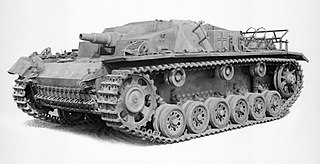
Sturmgeschütz meaning "assault gun" was a series of armored fighting vehicles used by both the German Wehrmacht and the Waffen-SS formations during the Second World War (1939–1945). The main StuGs were the StuG III and StuG IV based on the Panzer III and Panzer IV medium tank chassis respectively.

The Jagdpanzer IV, Sd.Kfz. 162, was a German tank destroyer based on the Panzer IV chassis and built in three main variants. As one of the casemate-style turretless Jagdpanzer designs, it was developed against the wishes of Heinz Guderian, the inspector general of the Panzertruppen, as a replacement for the Sturmgeschütz III. Guderian objected against the needless, in his eyes, diversion of resources from Panzer IV tank production, as the StuG III was still more than adequate for its role.
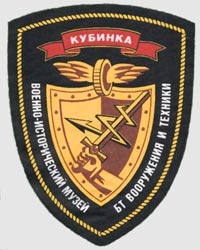
The Kubinka Tank Museum is a large military museum in Kubinka, Odintsovsky District, Moscow Oblast, Russia where tanks, armoured fighting vehicles (AFVs) and their relevant information are displayed and showcased. The museum consists of open-air and indoor permanent exhibitions of many famous tanks and armored vehicles from throughout the 20th and 21st centuries. It also houses and displays many unique, unusual and one-of-a-kind military vehicles of which there are very few remaining examples, such as the German Panzer VIII Maus super-heavy tank, Troyanov's Object 279 Kotin heavy tank, the Karl-Gerät heavy self-propelled artillery, and the Object 120 Su-152 "Taran" tank destroyer, amongst other single or limited-production prototypes from the Soviet Union and Nazi Germany.
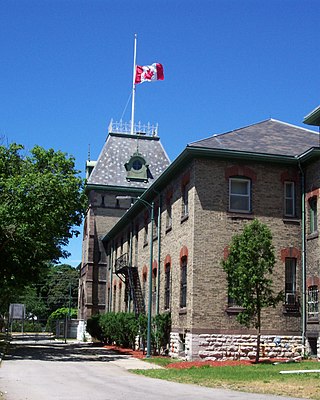
The Royal Canadian Regiment Museum is located at Wolseley Barracks in London, Ontario, Canada.
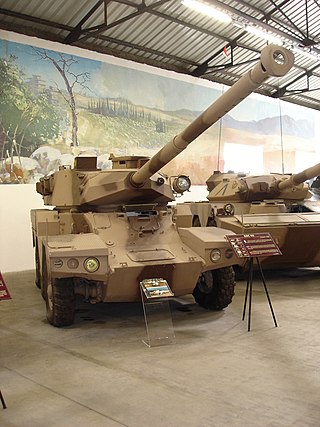
The Musée des Blindés or Musée Général Estienne is a tank museum located in the Loire Valley of France, in the town of Saumur. It is now one of the world's largest tank museums. It began in 1977 under the leadership of Colonel Michel Aubry, who convinced both the French military hierarchy and the local political authorities. Started 47 years ago with only a few hundred tracked vehicles, it has become a world-class collection which attracts visitors interested in the history of multinational tank development as well as professional armor specialists. From the very beginning, Colonel Aubry had made it a key policy of the museum to restore to running condition as many historically or technically significant vehicles as was feasible.

The Tank Museum is a collection of armoured fighting vehicles at Bovington Camp in Dorset, South West England. It is about 1 mile (1.6 km) north of the village of Wool and 12 miles (19 km) west of the major port of Poole. The collection traces the history of the tank. With almost 300 vehicles on exhibition from 26 countries it is the largest collection of tanks and the third largest collection of armoured vehicles in the world. It includes Tiger 131, the only working example of a German Tiger I tank, and a British First World War Mark I, the world's oldest surviving combat tank. It is the museum of the Royal Tank Regiment and the Royal Armoured Corps and is a registered charity.

The Lynx reconnaissance vehicle is a United States-built tracked reconnaissance armoured fighting vehicle, which was employed by the armed forces of the Netherlands and Canada. Dutch vehicles were exported in the 1990s to Bahrain and Chile, according to SIPRI 150 and 8 vehicles respectively.
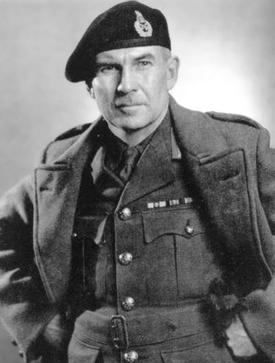
Major-General Frederic Franklin Worthington MC, MM, CD, nicknamed "Worthy" and "Fighting Frank", was a senior Canadian Army officer. He is considered the father of the Royal Canadian Armoured Corps.
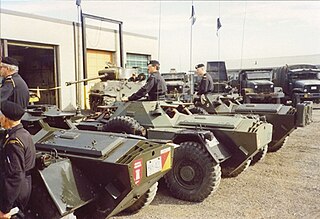
The Oshawa Military and Industrial Museum, also known as The Ontario Regiment (RCAC) "Ferret Club," is an accredited Canadian Forces Museum located in Oshawa, Ontario, Canada. Founded in 1980, it has evolved into the Historic Vehicle Section of the Ontario Regiment Museum.
The Ontario Regiment (RCAC) Museum is a military museum located in Oshawa, Ontario, Canada. The museum is located on the South Field of the Oshawa Municipal Airport, 1000 Stevenson Rd N, Oshawa, Ontario.

Yad La-Shiryon is Israel's official memorial site for fallen soldiers from the armored corps, as well as one of the most diverse tank museums in the world. The cornerstone for Yad La-Shiryon was laid on December 14, 1982.
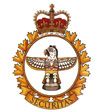
2 Military Police Regiment is a unit of the Canadian Forces. It provides support to the Canadian Army within the Province of Ontario. It does not provide support to Canadian Forces Bases Borden, Trenton and North Bay and Canadian Forces Support Unit (Ottawa). The unit was initially created in the summer of 2006. Since then, the unit was officially established by a ministerial organization order (MOO) and a Canadian Forces organization order (CFOO) dated September 24, 2007. It is a "total force" unit of the Canadian Army Military Police Group (CA MP Gp). The term total force describes a unit which includes both Regular Force and Reserve Force members. 2 MP Regt is responsible for police, security and detention operations as well as police support in field operations. The unit headquarters is located at the George Taylor Denison III Armoury, more commonly known as Denison Armoury, in Toronto, Ontario. The strength of 2 MP Regt totals just under 300 personnel. Since the transfer of command authority (TOCA) on 1 April 2011, 2 MP Regt is under the full command of the Canadian Forces Military Police Group through the CA MP Gp, and attached operational command (OPCOM) to the 4th Canadian Division. The unit is commanded by a major as the commanding officer (CO) and the unit has a master warrant officer who is the regimental sergeant major (RSM). The CO of 2 MP Regt reports directly to the commander of the CA MP Gp, as well as the commander of 4 Cdn Div. The CO has a dual function as commanding officer and division provost marshal.

The South African National Museum of Military History in Johannesburg was officially opened by Prime Minister Jan Smuts on 29 August 1947 to preserve the history of South Africa's involvement in the Second World War. In 1975, the museum was renamed from the South African National War Museum and its function changed to include all conflicts that South Africa has been involved in. In 1999 it was amalgamated with the Pretoria-based Transvaal Museum and National Cultural History Museum to form the Northern Flagship Institution. In April 2010 Ditsong was officially renamed Ditsong Museums of South Africa and the SANMMH was renamed the Ditsong National Museum of Military History.

The 75 mm Reșița Model 1943 was an anti-tank gun produced by Romania during World War II. It combined features from the Soviet ZiS-3 field/anti-tank gun, the German PaK 40 and the Romanian 75 mm Vickers/Reșița Model 1936 anti-aircraft gun. It saw service against both the Soviets during the Jassy-Kishniev Offensive and against the Germans during the Budapest Offensive and subsequent operations to clear Austria and Czechoslovakia.

The Australian Armour and Artillery Museum is a privately owned museum in Smithfield, Cairns, Queensland, Australia. It is dedicated to tanks, armoured vehicles and artillery from the Second World War and post war periods. It was officially opened in 2014.








